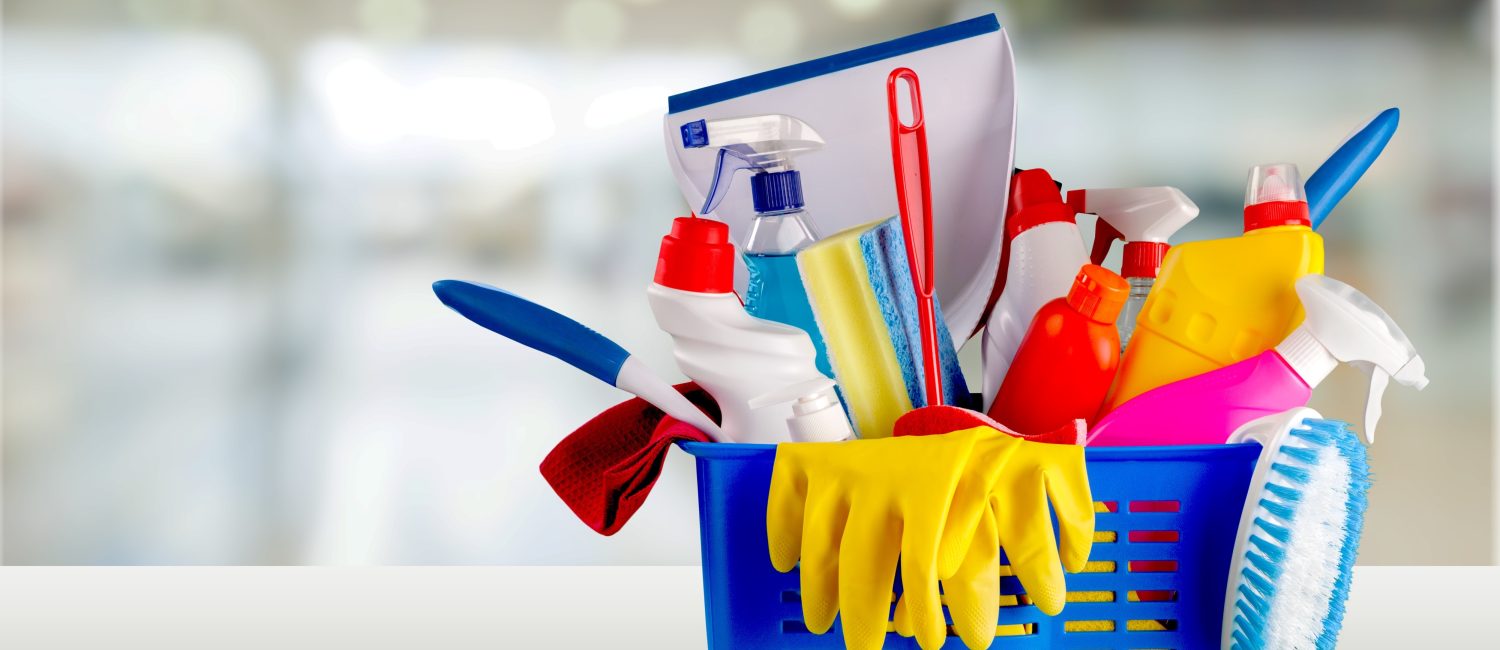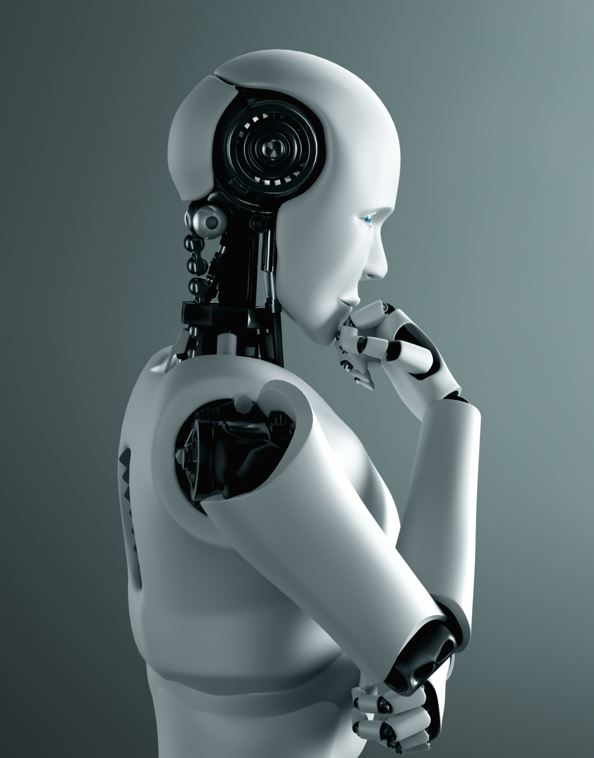
We’ve all been there.
You’re in the Conference Room with a large whiteboard that hasn’t been cleaned by the previous users (or recently at all). With 10 minutes to go before your big meeting, you scramble for all the cloths, tissues, and cleaners you can get and attempt to clean the board.
Typically, you haven’t got a proper whiteboard cleaner to hand and have to use whatever is available. Armed with kitchen roll and paper towels, you spray and wipe frantically until the surface looks ‘OK’. The board surface is grey at best, with traces of several meetings stubbornly remaining, so you give up for now and wish there was an automated solution.
Sound familiar?
After experiencing this ourselves, and hearing the same from people at various events, we set to work looking for a solution.

Getting Started
To really understand the challenges of cleaning a whiteboard surface on a large scale we first needed to get a suitable large whiteboard. Luckily there were a few to choose from that had been neglected for many months.
Secondly, we needed to experience the current processes. So we grabbed a bottle of all-purpose cleaner and kitchen roll and set to work cleaning a section of the surface. The process was rather tedious and used a lot of cleaner and tissues to lighten the marks. The problem was easy to see!
But how do we make this task easier?

With machinery, of course!
In a lot of situations where the task is repetitive and labour intensive, it’s normal to switch to a machine.
With this in mind, we looked online for a whiteboard cleaning robot. After deciding that a dedicated humanoid robot was not a practical solution for schools or offices (budgets), we took inspiration from the automotive industry and settled on a paintwork polisher.
The solution was simple; apply the cleaner to the soft buffing wheel and run it over the whole surface. With a buffing wheel of 15cm, the task would be a lot easier and quicker than by hand.
Queue the disappointment that followed, not only did the cleaner dry very quickly (friction) but the surface of the whiteboard became rather warm (friction).
To counteract this, we ran a two-person system where one would apply the cleaner ahead of the person using the polisher to keep the cleaner wet long enough to remove the ghosting of meetings past.
This new system worked better but not perfectly. The surface still heated up to a point that we saw signs of warping. Although very minor at this stage, over time or repeated cleaning this could be worse.
Conclusion
While the polisher did make a difference, we wouldn’t recommend it.
A machine like this will always require a level of skill and experience that the average user will not have, and would potentially be unsafe to leave out around small hands.
The ability to severely damage the whiteboard surface is far too easy and can happen so quickly that it is best to avoid it all together.
So where do we go from here?
At this point, we re-evaluated what we were trying to achieve.
How do we get a whiteboard to be cleaner and stay cleaner with minimal effort and labour?
This sounded like a catch-22 situation, but the solution became very clear; maintain the whiteboard from day one. Or if you already have a dirty whiteboard, use a renovator cleaner combined with a whiteboard conditioner.
The Solution
By using a dedicated whiteboard cleaner regularly, and at least once a fortnight, you will keep the surface in tip-top shape for all to use, reducing the frustration, time, and money associated with shared whiteboards.
The Show-me 4-step cleaning system has been designed to educate users and maintain all whiteboard surfaces for years to come. Using the right cleaner at the right time is key to improving your ongoing experience of using whiteboards; big or small, the solution is the same.

